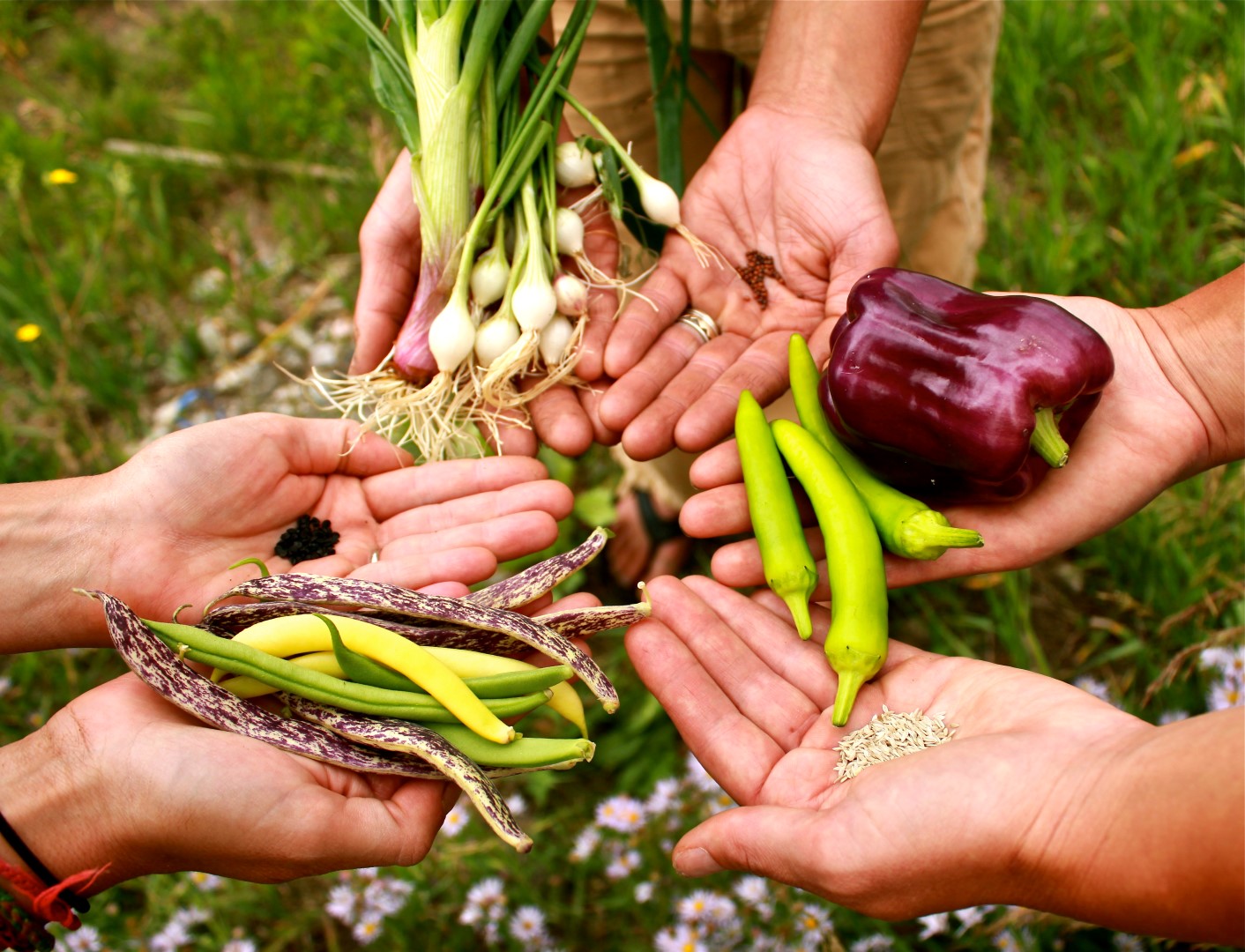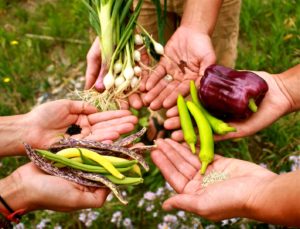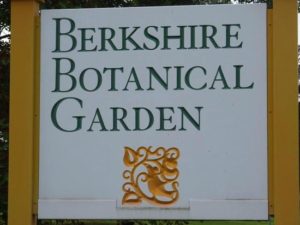
Saving Seeds
Under certain storage conditions, your garden seeds can be saved to use next year
By Thomas Christopher
I’m a sucker for seed catalogs – I find irresistible the descriptions of the colorful and delicious harvests I can raise from their little paper packets. But my dreams for my garden always outrun reality. I always order more seeds than I end up using. In years past, the extra packets just went into a drawer. Then they were discarded the following spring because I didn’t trust them to sprout anymore.
If I had stored the seeds properly, however, the bulk of them would have been almost as good as new, certainly good enough for use in the garden. In fact, some types of seeds will survive intact for two or even three years if stored in the right conditions.
The trick is to keep the seeds dry and cool. Keeping them dry can be accomplished by storing them in a tightly sealed jar – a quart canning jar works well – with a packet of some desiccant. You can use silica gel (obtainable at craft stores) as a desiccant, but ordinary powdered milk works well, too. Just wrap two tablespoons of the milk powder in a facial tissue and place it in the jar with the seeds before you screw the top on the jar.
Seeds remain viable longer at a temperature between 32°-41°F, which makes a shelf in your refrigerator the ideal storage spot. Stored there and kept dry, the seeds should remain viable until planting time the next year.
Some seeds last longer than others in storage. Spinach and sweet corn seed are relatively short lived, and should be used by the spring of the year following their purchase. Pepper, pea and Swiss chard seed should be fine into the second year after purchase, and lettuce, tomatoes, and cucumbers should still be viable in the third year. Annual flower seeds can be relied on to survive in storage for a full year, and perennial flower seeds are a bit more durable, generally surviving just fine into the second year.
This same style of storage can also be used to save many kinds of seeds harvested from the garden. The best subject for this kind of treatment are plants that self-pollinate or tend to be pollinated by plants of the same variety. Heirloom tomatoes, peppers, beans and peas usually fit this profile.
To save these seeds let the fruits ripen fully. Tomatoes may be picked when ripe and soft; peppers should be soft and starting to wrinkle; peas and bean pods should be dry and starting to turn brown with the seeds rattling inside. Shell the peas and beans, scrape the seeds out of the peppers, and spread them all out on paper towels to dry. Tomato seeds, which are encased in a sort of gel, need a bit of special treatment. Scoop them out of the fruits and drop them into a bowl of water. Stir the water twice a day for five days, whereupon the now gel-free seeds should sink to the bottom. Spread these too on paper towels to dry.
When the seeds are dry, pack them into paper envelopes on which you have written the type of crop and the date of harvest. Store the envelopes with desiccant in a sealed jar in the refrigerator.
You can’t get seeds at a better price than this.
Be-a-Better-Gardener is a community service of Berkshire Botanical Garden, one of the nation’s oldest botanical gardens in Stockbridge, MA. Its mission to provide knowledge of gardening and the environment through 25 display gardens and a diverse range of classes informs and inspires thousands of students and visitors on horticultural topics every year. Thomas Christopher is the co-author of Garden Revolution (Timber press, 2016) and is a volunteer at Berkshire Botanical Garden. berkshirebotanical.org.
Thomas Christopher is the co-author of “Garden Revolution” (Timber Press, 2016) and is a volunteer at Berkshire Botanical Garden. berkshirebotanical.org



